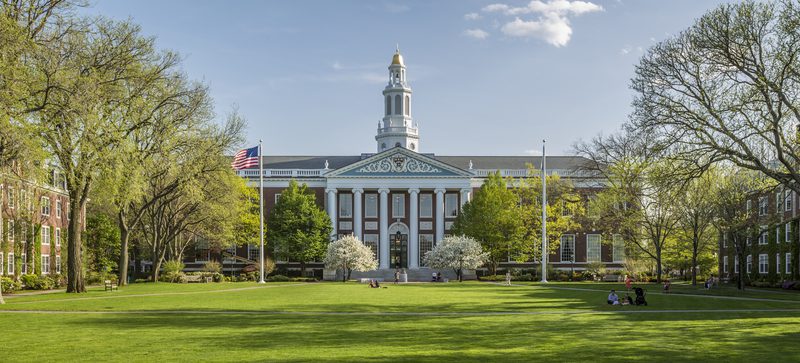In the United States, the most prestigious and esteemed colleges are grouped in what is called the “Ivy League”. Within the association are 8 colleges, primarily located in the northeastern corner of the United States. This article looks answer the question of “What are the Ivy League Schools?” as well as look at other colleges that offer similar high-standard education.
Ivy League Colleges
- Brown University (Rhode Island)
- Columbia University (New York)
- Cornell University (New York)
- Dartmouth College (New Hampshire)
- Harvard University (Massachusetts)
- Princeton University (New Jersey)
- University of Pennsylvania (Pennsylvania)
- Yale University (Connecticut)
From the associations founding in 1954, all eight of these colleges have gained a worldwide reputation for producing graduates with extremely high levels of performance and successful future career paths.
But what are below these eight world-renowned colleges? There are many other colleges across the United States that have similar amounts of prestige and can compete with the exceptional reputation of those with the Ivy League label.
Public Ivies
Public Ivies is a term used for public or state colleges that offer very similar prestigious and meticulous education to their students as the Ivy League colleges. The main difference between those classed in the “public ivies” category and those in the Ivy League is the significantly lower tuition costs.
The term coined by Yale University admissions officer Richard Moll in his 1985 book, Public Ivies: A Guide to America’s Best Public Undergraduate College and Universities, consisted of 8 colleges which include:
- College of William & Mary (Virginia)
- Miami University (Ohio)
- University of California
- University of Michigan
- University of North Carolina at Chapel Hill
- University of Texas at Austin
- University of Vermont
- University of Virginia
In the 2001 book, Greens Guide to Educational Planning: The Public Ivies, the list of public ivy colleges expanded and where divided up into sections regarding region (Northeast, Mid-Atlantic, South, Midwest, and West). Colleges that were added include:
- University of Georgia
- University of Wisconsin-Madison
- University of Washington
- Indiana University Bloomington
For the full list, click here.
The main difference between those classed in the Public Ivies category and those in the Ivy League is the significantly lower tuition costs. While Ivy League colleges charge annual costs in excess of $50,000 many of the Public Ivies cost approximately $10,000 a year for in-state students.
Little Ivies
As well as Public Ivies, there are also a group of colleges categorized as “Little Ivies”. These are an unofficial group of colleges that focus on liberal arts and similar to the Ivy League and the Public Ivies, provide high quality education and are associated with historical and social heritage but are considerably smaller in size.
Those classed as Little Ivies include:
For the full list, click here.
Little Ives enroll significantly less students than Public Ivies. For example, Michigan and UCLA each enroll over 31,000 undergrads, while Little Ivy colleges such as Swarthmore College enroll 1,850 undergrads.
Hidden Ivies
Hidden Ivies is a term that was coined by Matthew and Howard Greene, the same two who enlarged the list of Public Ivies from Richard Moll. The category includes 63 selected colleges from across the U.S. with high-quality academic research that can compete with those in the Ivy League.
Some of the well-known Hidden Ivies include:
For the full list, click here.
When thinking about studying in the United States, do not just always think “What are the Ivy League Schools? I need to go to one of them!.” There is a number of other colleges that can offer the same or even something the Ivy League school cannot offer. Wherever you decide to go, you will certainly get a good education, Ivy League or not.
SEE ALSO: Financing Your Education


